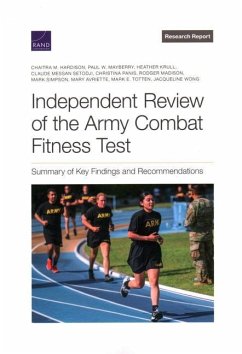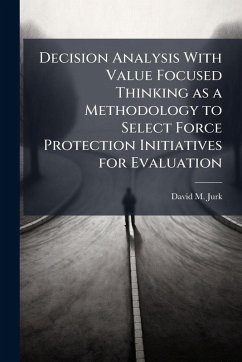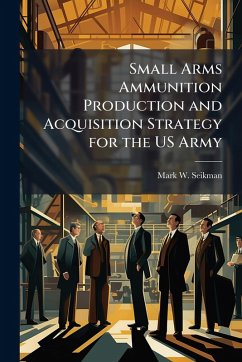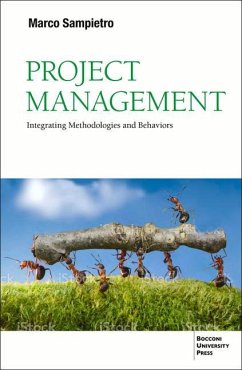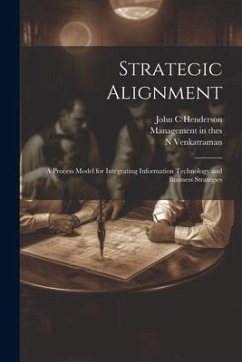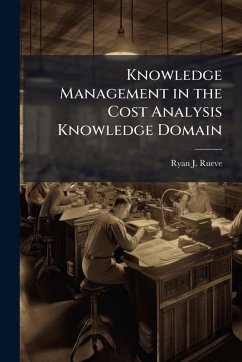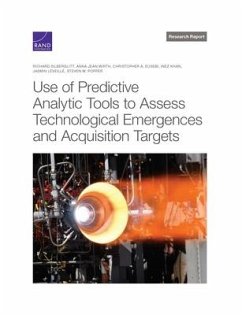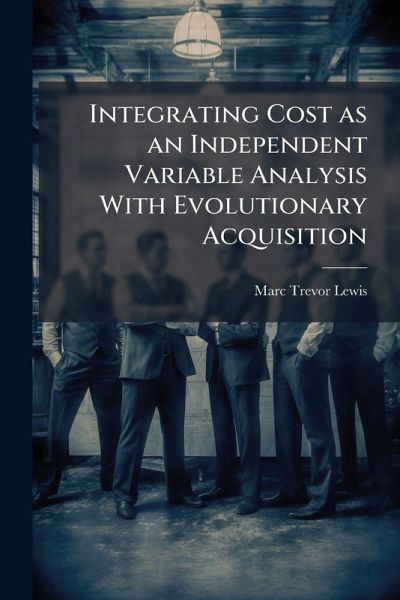
Integrating Cost as an Independent Variable Analysis With Evolutionary Acquisition

PAYBACK Punkte
9 °P sammeln!
Guidance from the Under Secretary of Defense for Acquisition, Technology, and Logistics USD (ATL) requires 100 percent of defense programs to incorporate cost as an independent variable (CAIV) and evolutionary acquisition (EA) plans within their management baselines. Historically, these two concepts have been implemented independent of one another. In reality, CAIV and EA are tightly coupled. Integration of these two initiatives enables warfighters and developers to better allocate constrained resources, respond to fluctuations in program funding, and plan for future development activities. Th...
Guidance from the Under Secretary of Defense for Acquisition, Technology, and Logistics USD (ATL) requires 100 percent of defense programs to incorporate cost as an independent variable (CAIV) and evolutionary acquisition (EA) plans within their management baselines. Historically, these two concepts have been implemented independent of one another. In reality, CAIV and EA are tightly coupled. Integration of these two initiatives enables warfighters and developers to better allocate constrained resources, respond to fluctuations in program funding, and plan for future development activities. This research creates a decision tool to assist the DoD acquisition community in satisfying the intent of the USD (ATL) guidance. Using multiattribute design evaluation techniques, a core CAIV model is formulated. Next, the core model is expanded to incorporate the dominant features of EA. The expanded model seeks to optimize overall utility across a horizon of multiple development increments. Additionally, technical risk factors are integrated to discount the realized level of attainment for design attributes. This work has been selected by scholars as being culturally important, and is part of the knowledge base of civilization as we know it. This work was reproduced from the original artifact, and remains as true to the original work as possible. Therefore, you will see the original copyright references, library stamps (as most of these works have been housed in our most important libraries around the world), and other notations in the work. This work is in the public domain in the United States of America, and possibly other nations. Within the United States, you may freely copy and distribute this work, as no entity (individual or corporate) has a copyright on the body of the work. As a reproduction of a historical artifact, this work may contain missing or blurred pages, poor pictures, errant marks, etc. Scholars believe, and we concur, that this work is important enough to be preserved, reproduced, and made generally available to the public. We appreciate your support of the preservation process, and thank you for being an important part of keeping this knowledge alive and relevant.



